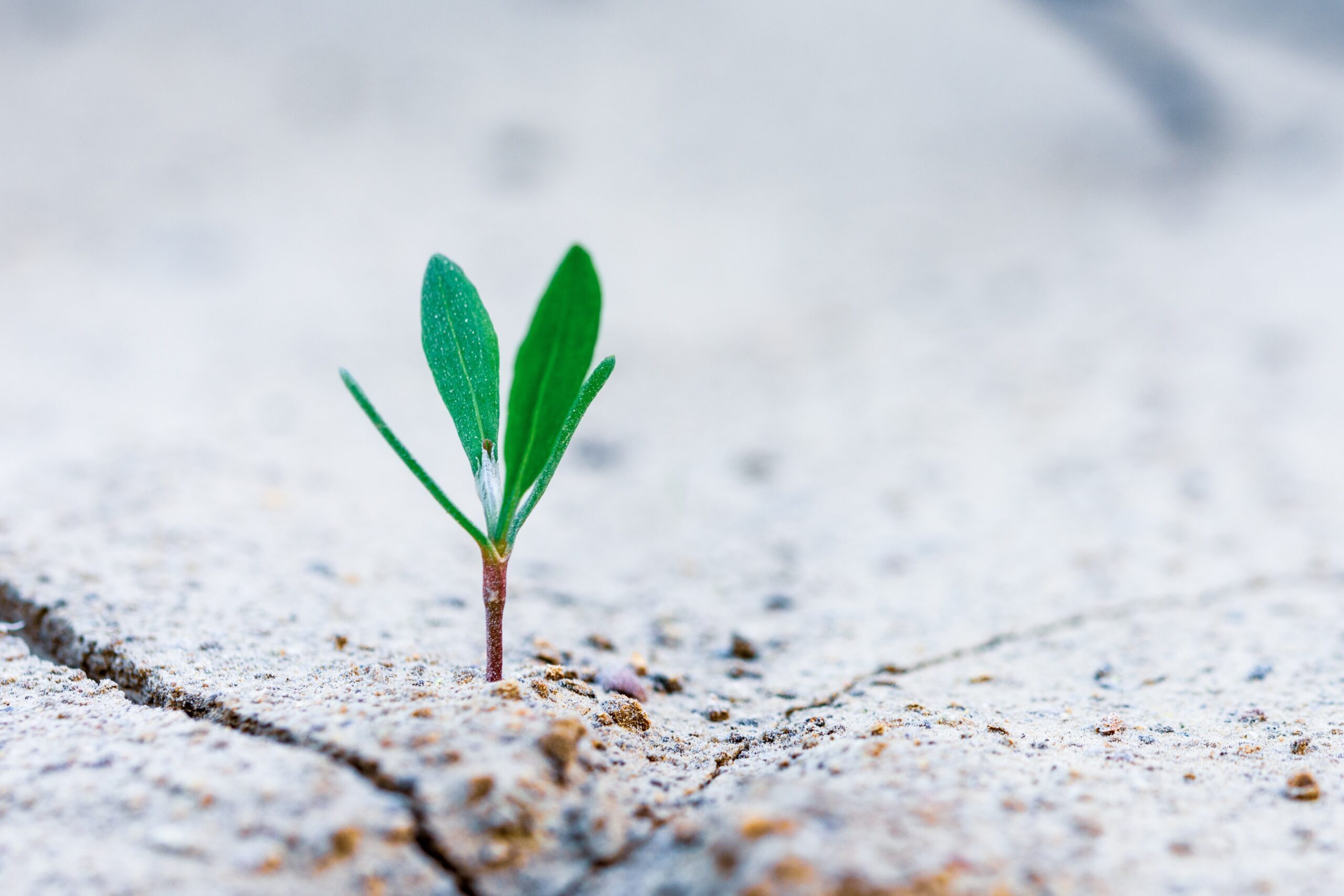Life can be filled with unexpected challenges and traumas that leave lasting impacts on our well-being. While experiencing hardship is never easy, it is essential to recognize that healing and growth are possible even in the face of adversity. Post-traumatic growth (PTG) is a concept that sheds light on the resilience of the human spirit and the potential for positive change after facing trauma or significant life stressors. In this post, we will explore what post-traumatic growth entails, the factors that contribute to it, and actionable steps you can take to start your journey toward healing and thriving.
Understanding Post-Traumatic Growth
Post-traumatic growth refers to the positive psychological changes that can occur in individuals following traumatic or distressing experiences. It is an empowering concept that challenges the notion of being forever defined by our traumas. While experiencing trauma can be profoundly challenging, it can also be an opportunity for growth, self-discovery, and a renewed appreciation for life.
Factors Influencing Post-Traumatic Growth
- Resilience: Resilient individuals often show higher levels of post-traumatic growth. Resilience allows individuals to adapt to adversity, cope with stress, and find meaning in their experiences.
- Social Support: Having a supportive network of family, friends, or a community can foster a sense of belonging and provide emotional sustenance during difficult times.
- Coping Strategies: Positive coping mechanisms, such as seeking professional support, practicing mindfulness, or engaging in creative outlets, can facilitate post-traumatic growth.
- Sense of Meaning: Finding a sense of meaning or purpose in the face of adversity can be transformative, helping individuals navigate their trauma and embrace personal growth.
- Self-Compassion: Showing kindness and understanding to oneself during difficult times can promote healing and growth.
Starting Your Healing Journey
- Acknowledge Your Feelings: Allow yourself to feel and process your emotions without judgment. Acknowledging your pain is the first step towards healing.
- Seek Support: Reach out to friends, family, or a therapist who can offer a safe space to talk and process your experiences.
- Practice Mindfulness: Incorporate mindfulness practices, such as meditation or deep breathing exercises, to ground yourself in the present moment and reduce stress.
- Journaling: Writing about your experiences, feelings, and thoughts can be cathartic and provide insight into your healing journey.
- Set Realistic Goals: Set small, achievable goals for yourself to build confidence and foster a sense of accomplishment.
- Engage in Meaningful Activities: Participate in activities that bring you joy and a sense of purpose, helping you connect with yourself and others.
- Practice Self-Compassion: Be patient and kind to yourself throughout your healing process. Remember, healing takes time and is unique to each individual.
Conclusion
Post-traumatic growth is a testament to the human spirit’s resilience and the potential for transformation even in the face of immense challenges. It is essential to recognize that healing is a nonlinear journey, and there is no set timeline for growth. By acknowledging your experiences, seeking support, and engaging in self-compassionate practices, you can start your healing journey towards post-traumatic growth. Remember, you are not defined by your trauma, but rather, you have the strength and capacity to heal, grow, and thrive. Embrace your resilience and embark on a path of healing and self-discovery.
